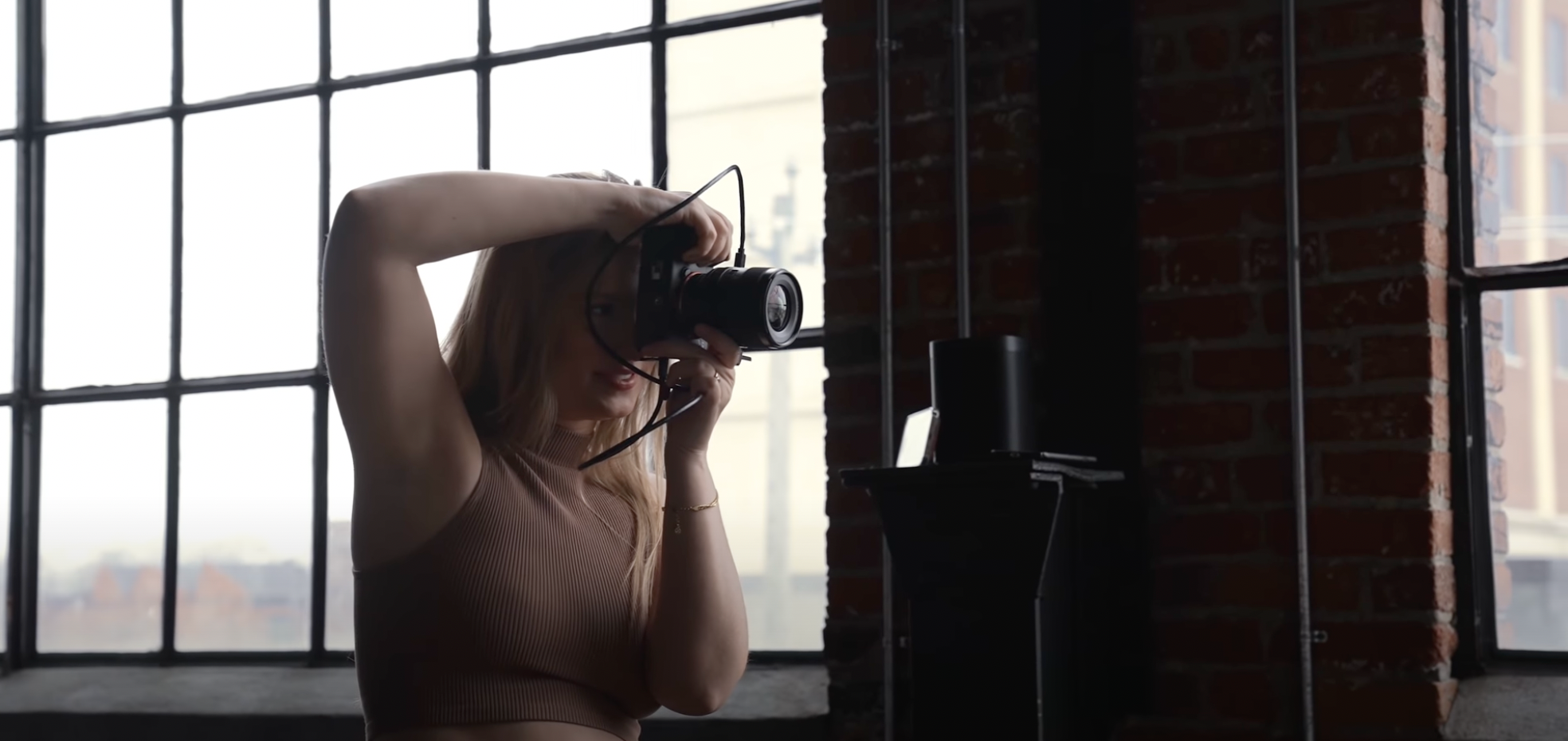Let's face it... who likes self-assessments? Is anyone even really good at it?
When it's no longer just about your personality, but about the value of your business or service, it's not that easy but yet important. If your assessment is wrong, you will either earn far too little money in relation to your efforts, or you will lose customers because they are put off by high prices.
Photography is an artistic profession. So how do you calculate the value of creativity? This alone seems to be an art, don’t you think?
To make it a little easier for you, I have summarized 5 points that will help you determine the perfect price and not sell your photography below its value!
1. Do not set your price too low
Many inexperienced photographers don't know how to price their work. Of course, it is a good option for newcomer photographers to offer their first shoots at a relatively low price and thus gain first experience and ratings and make some quick money in the beginning.
But beware. Don't stick to those low prices! The price of your work gives insight into how valuable and qualitatively high you think your work is! At that point, when you don't have enough time to fulfill all shooting requests, it's time for you to raise your prices! Hereby you also set the value for creative work... and take a step back from the cliché of poor artists. 🥳
Price increases are such a thing... Of course, you'll lose a few requests or clients, but look at it this way:
If you can't keep up with 20 requests for 500$ each in terms of time, with a price increase to 1500$ you only need a third of the requests and a third of the time to make the same profit!

2. Know your clients (and their budget !)
This is not an invitation to stalk, but googling your clients or getting information about them otherwise will help you to gradually get a feel for their budget and how to approach those clients who are willing to pay for your quality of work!
There are different types of clients. A young business person who just wants a few headshots for their LinkedIn page will obviously have a different budget than an international company that wants to professionally capture a special event or an entire campaign on camera.
Different efforts, different prices, different wallets.
Communication plays a big role here. If your clients know what is needed and what is included, they will be more open and more willing to give you the job. Most people think creative work is totally easy. Show and explain to them why it's not! Then they'll be able to understand your prices.

3. Set your budget
To get a more accurate idea of your budget, it's important to write down all the efforts and costs once. EVERYTHING! Write down the number of hours, set an hourly rate and list all other costs for equipment and so on.
Per hour, per project or per photo?
Relatively simple: If you are booked as a single person and the client asks for it, you can work well with an hourly or daily rate. However, if you are hiring other crew members for a more complex job or have other additional expenses, a fixed project price offers a better overview.
You can also use a flat-rate. This can be fixed per project or even per photo. The advantage for you is obvious... You can work as quickly as you want. The quality of your product does not change and the price is fixed.
4. Offer packages!
If you don't want to calculate a new price for every shooting and every event, packages are the ideal solution. Ideally you have 3 - 4 different packages ready for your clients to choose from.

For example, three different prices are suitable for correspondingly fewer or more hours or the number of finished photos. Additionally you can offer add-ons. These extra wishes can be selected individually, and then the finished package price is created automatically.
With the package overview and the add-ons, customers automatically know what is included and what is not. (And you've saved yourself a lot of time you would otherwise have spend explaining this to everyone individually 🤫)
 5. Price adjustment
5. Price adjustment
And then at the end of the year… It is time to start thinking about your own pay raise!
With another year of experience and a better portfolio, you can be very confident that your work is also increasing in value.
Reflect a bit on how your projects went this year and how well they were received by buyers. Then you can decide what value your work has now gained and what price you want to set for it.
Of course, you could always adjust the prices. One year is just an example here and might be a better alternative to good old New Year's resolutions.
With these 5 steps it should be easy to set your prices and not get in the way of growing your business!

